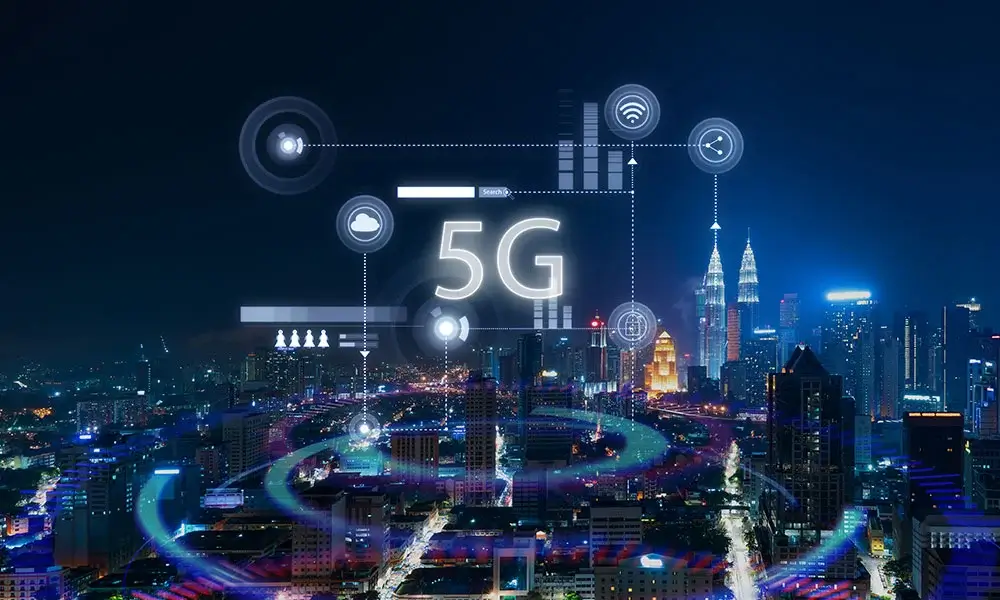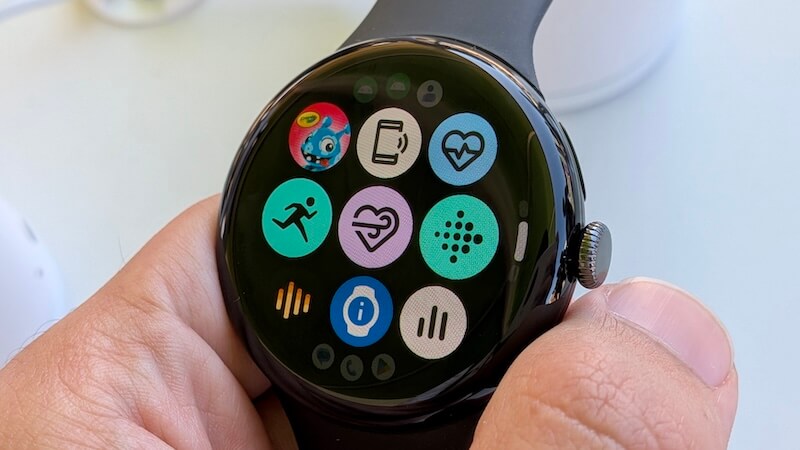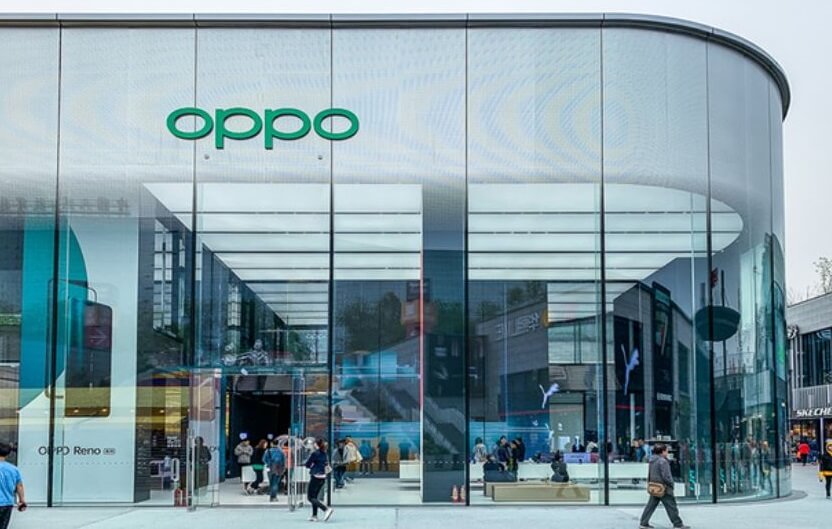The collaboration between Nokia and Elisa, a leading telecom operator in Finland and Estonia, continues to drive advancements in 5G technology. The two companies have extended their long-term partnership with a new four-year agreement focused on modernizing Elisa's network infrastructure and accelerating the rollout of Advanced 5G (5.5G) services across Finland and Estonia. This strategic move is designed to meet the evolving demands of both consumer and enterprise users, paving the way for innovative applications and enhanced connectivity.
A key component of this upgrade is the deployment of Nokia's energy-efficient AirScale Radio Access Network (RAN) portfolio, including the latest generation of Advanced 5G-ready Habrok 32 Massive MIMO radios and the Pandion portfolio of FDD multi-band remote radio heads. These technologies will provide comprehensive coverage across various deployment scenarios, ensuring enhanced capacity, wider coverage, and faster speeds. The implementation also includes high-capacity compact Tuuli 26e and ultra-performance Ponente, Lodos, and Levante AirScale baseband solutions, all powered by Nokia's ReefShark System-on-Chip (SoC) technology, which optimizes energy usage without compromising network reliability or throughput.
Nokia will introduce its AirScale Dual Boost base station technology to Elisa's network to extend the performance of base station assets. This innovation boosts uplink and downlink capabilities by leveraging enhanced coordination between radio and baseband layers. This enhancement is crucial for delivering advanced applications such as virtual and augmented reality, AI-powered services, and next-generation industrial use cases.
In addition to RAN enhancements, the agreement encompasses Nokia's Cloud Native Communication Suite (CNCS), designed to consolidate multiple IMS functionalities into a single, cloud-native solution. According to Nokia, CNCS delivers 10% to 20% greater energy efficiency than traditional IMS voice cores, reducing hardware footprint and operational complexity. Nokia will also deliver its SR Linux-based data center switching fabric and the Event-Driven Automation (EDA) platform to support Elisa's transition toward a more agile network environment. Nokia's 7750 Service Router data center gateways will power the backhaul infrastructure between telco cloud zones. Furthermore, Nokia's Subscriber Data Management solution enables Elisa to unify user data across platforms via a centralized repository, and the Cloud Signaling Director will secure communications, especially in roaming scenarios. The Nokia Cloud Platform will streamline workflow automation and reduce manual intervention across the network.
The upgrade is set to provide substantial improvements in speed, coverage, energy efficiency, and support for next-generation use cases such as AI, AR/VR, industrial automation, and Massive IoT. Sami Komulainen, Chief Operating Officer at Elisa, stated, “As a pioneer in 5G, we are investing in new 5.5G features that enhance AI usage in phones, computers, and businesses. The world's first customers are already using 5.5G in Elisa's network, and together with Nokia, we are expanding access to this technology. We are developing our network to meet the changing customer needs and creating a strong foundation for new innovations.”
Tommi Uitto, President of Mobile Networks at Nokia, noted, “This important contract extension with our long-standing partner, Elisa, will take their 5G network to the next level, delivering ultra-fast speeds and low-latency with our latest Advanced 5G capable AirScale portfolio. Elisa's pioneering efforts are a benchmark in the delivery of 5G services. The Advanced 5G era will drive innovation in manufacturing, healthcare, transportation, and energy, creating new jobs and economic opportunities.”
This collaboration not only enhances network performance but also aligns with broader sustainability goals. The energy-efficient solutions being deployed contribute to reducing the environmental impact of network operations, showcasing a commitment to both technological advancement and environmental responsibility.















